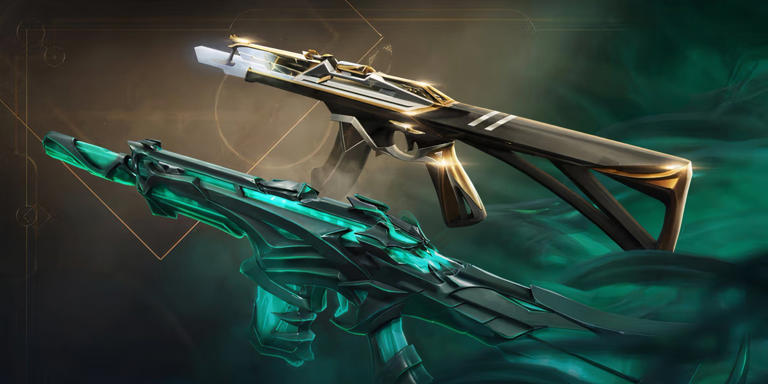On behalf of the BLIX team, welcome to the ultimate breakdown of Valorant’s two most iconic rifles: the Phantom and the Vandal. These aren’t just weapons—they’re identity choices. Every day, thousands of players second-guess their buy phase decision, caught in the eternal struggle: stealthy sprayer or long-range one-tapper? This guide dives deep into the real differences, cutting through the recycled advice and aimlessly repeated Reddit threads.
We’ve covered everything that matters—raw stats, map-by-map usage, agent synergies, tactical scenarios, and even myth-busting the common nonsense. It’s actionable, high-impact intel: to tighten up decision-making and sharpen that edge, no matter the rank.
Because let’s be honest: in a game where milliseconds and millimeters matter, choosing the right rifle can be the difference between MVP and just another body on the spike.
Contents
- 1 Highlights
- 2 Phantom vs. Vandal: A Comprehensive Comparison
- 3 Pros and Cons
- 4 Agent-Based Rifle Preference Tier List
- 5 Beyond the Bullet: Hidden Mechanics & Pro-Level Nuance
- 6 Optimal Usage Scenarios
- 7 Specific Use Cases – Vandal by Map
- 8 Specific Use Cases – Phantom by Map
- 9 Phantom vs. Vandal – FAQ Edition: Busted Myths & Brutal Truths
Highlights
- General description of both guns: stats, pros, cons, what to choose
- Rifle preferred by Agents: tier list
- Specific use scenarios by Agent and by map
- Unspoken secrets of the guns
- Additional: FAQ for busting myths
Phantom vs. Vandal: A Comprehensive Comparison
Phantom: A silenced rifle with a higher fire rate and controllable recoil. Ideal, thanks to that, for close to mid-range engagements. Plus – conceals bullet tracers, allowing for stealthier plays, especially through smokes.
Vandal: A powerful rifle that deals consistent damage across all ranges. Its ability to one-tap enemies with a headshot, regardless of distance, makes it a favorite for players with precise aim.
| Attribute | Phantom | Vandal |
|---|---|---|
| Cost | 2,900 credits | 2,900 credits |
| Fire Rate | 11 rounds/sec | 9.75 rounds/sec |
| Magazine Capacity | 30 bullets | 25 bullets |
| Headshot Damage | 156 (0-15m), 140 (15-30m), 124 (30-50m) | 160 (all ranges) |
| Body Damage | 39 (0-15m), 35 (15-30m), 31 (30-50m) | 40 (all ranges) |
| Leg Damage | 33 (0-15m), 29 (15-30m), 26 (30-50m) | 34 (all ranges) |
| Silenced | Yes | No |
| Damage Fall-Off | Yes | No |
Pros and Cons
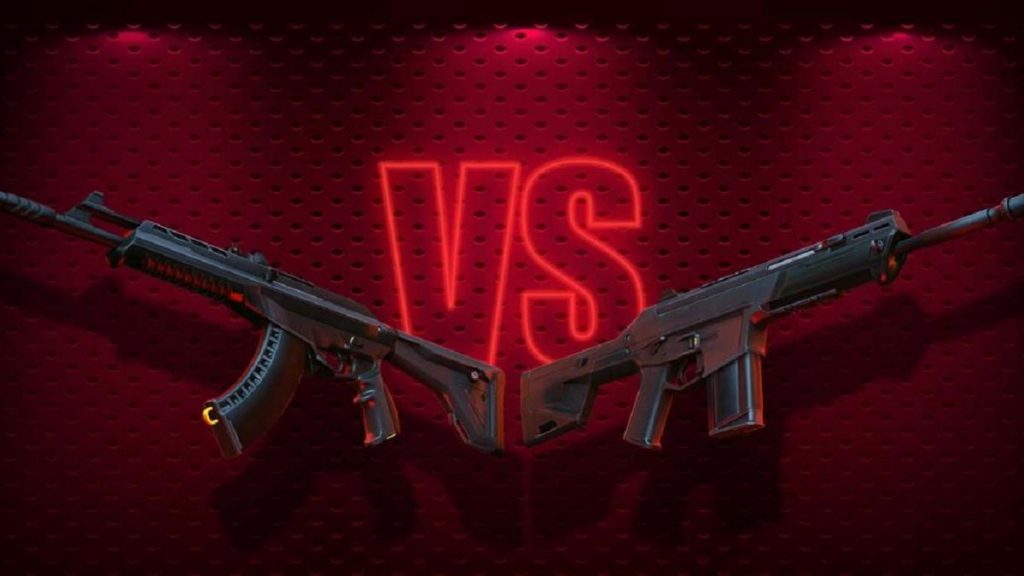
- Pros:
- Higher fire rate (11 rounds/sec)
- Larger magazine (30 bullets)
- Silenced shots (no bullet tracers)
- Easier recoil control
- Better for spraying and close-quarters combat
- Cons:
- Damage fall-off beyond 15 meters
- Cannot one-tap headshot at longer ranges
- Pros:
- Consistent damage at all ranges
- One-tap headshot potential
- Effective for long-range engagements
- Cons:
- Lower fire rate (9.75 rounds/sec)
- Smaller magazine (25 bullets)
- Visible bullet tracers
- More challenging recoil control
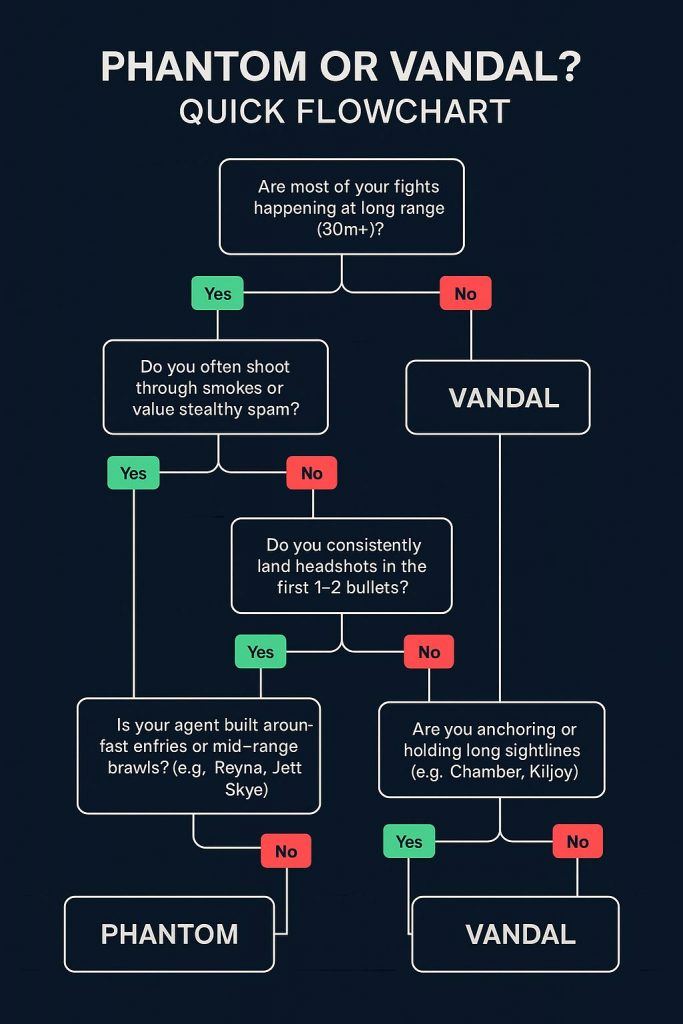
Agent-Based Rifle Preference Tier List
S-Tier: Clear Rifle Preference
Those with a definitive advantage when paired with a specific rifle. Boosts (as easy as that) their effectiveness.
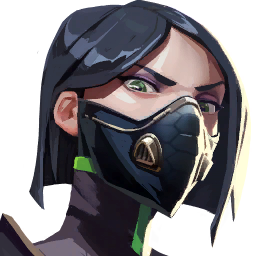
- Viper: Engages in close-range combat within her poison clouds; Phantom’s higher fire rate and spray control are advantageous.
- Omen: Utilizes smokes for stealthy plays; Phantom’s silencer complements this by hiding bullet tracers.
- Skye: Often initiates close encounters with her flashes; Phantom allows for effective follow-up sprays.
- Sova: He clearly gathers intel from a distance. So Vandal’s consistent damage at all ranges clearly aids in capitalizing on this information.
- Chamber: Holds long angles – hence, benefits from the Vandal’s one-tap potential, aligning with his sentinel role.
- Killjoy: Controls areas from afar (turret and utility). Vandal, therefore, supports long-range engagements.

A-Tier: Situational Preference
These Agents can effectively use either rifle. The choice depends on specific methods of play. Or, what to say, personal likes.

- Reyna: Thrives in close-quarters combat; Phantom supports her need for rapid engagements.
- Jett: Aggressive duelist who benefits from Phantom’s spray control during fast-paced entries.
- Cypher: Often holds long sightlines; Vandal’s range consistency is beneficial.
- Sage: Provides support from a distance; Vandal aids in maintaining defensive positions.

B-Tier: Flexible Preference
Protean Agents are effective with both rifles. All comes of the team’s strategy, plus map dynamics.
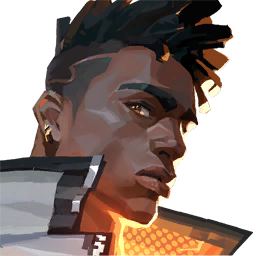
- Phoenix: Duelist capable of adapting to various combat scenarios.
- Brimstone: Controller with abilities that suit both close and long-range engagements.
- Fade: Initiator who can capitalize on both rifles depending on the situation.
Beyond the Bullet: Hidden Mechanics & Pro-Level Nuance
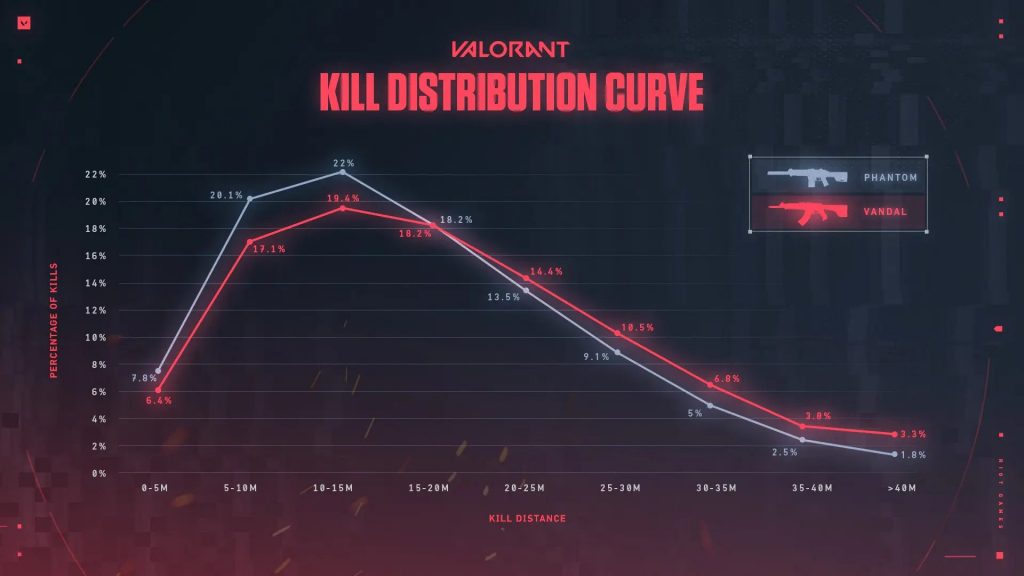
- Tracers = Snitch: Phantom’s suppressor doesn’t just look cool. It’s a stealth mechanic. In tight post-plant situations or when lurking, not revealing position can be the real clutch factor.
- Auditory Info: Phantom’s softer firing noise is harder to localize in chaotic fights. Especially useful when third-partied or when defending through smokes.
- Phantom resets recoil slightly faster after short bursts. This makes it more forgiving for 3–4 bullet burst patterns.
- Vandal punishes bad habits. If a player’s tap rhythm is off by a millisecond, it’ll mess with first-bullet accuracy hard.
This stuff rarely makes stat sheets—but it’s where aim mechanics and muscle memory separate Radiants from Bronze philosophers.
- Phantom gives a weirdly more consistent “quick peek-tap” headshot due to lower recoil jump, especially when counter-strafing.
- In jiggle peek duels, where players shoot the moment they stop, the Phantom sometimes lands and hits the Vandal whiffs due to the tighter bullet spread.
- Phantom has less visual recoil animation, which ironically helps some players train better with it.
- Vandal’s recoil pattern often makes players subconsciously overcorrect vertically, especially when under pressure.
- Yoru TP + Phantom spam through smokes or after fakeouts can bait enemy rotations without exposing bullet trail.
- Fade Haunt → Vandal wallbang gives more immediate impact than Phantom due to higher initial damage per bullet (especially if walling thin wood boxes or doors).
If a player expects to win a round but dies, Phantom is more likely to drop safely (still has 20+ bullets in it). Vandal tends to be used in conservative shots, so teammates picking it up mid-round might find an empty mag.
Optimal Usage Scenarios
- Close to Mid-Range Combat: Excels in tight corridors and smaller maps where engagements are within 15-30 meters.
- Stealth Operations: Ideal for shooting through smokes or when avoiding giving away position due to its silenced shots.
- Spray Control: Better suited for players who prefer spraying over tapping.
- Long-Range Engagements: Shines in open areas and larger maps where distances exceed 30 meters.
- Precision Shooting: Perfect for players confident in their aim, capitalizing on its one-tap headshot capability.
- Holding Angles: Effective for defenders holding long sightlines.
Specific Use Cases – Vandal by Map
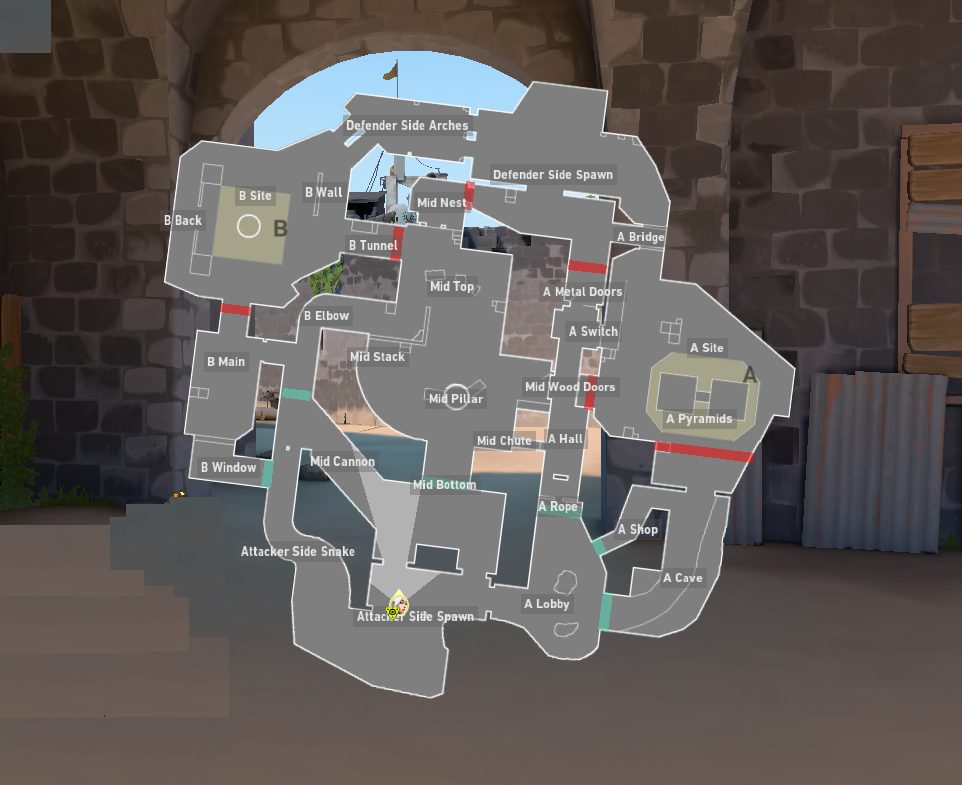
- Why: Long angles everywhere. Vandal shines with no damage drop-off.
- How: Hold long-range duels from Cave or peek Mid Doors for early picks.
- Why: Tight, chaotic fights with lots of smokes.
- How: Spam through smokes and clear corners silently without giving away position.
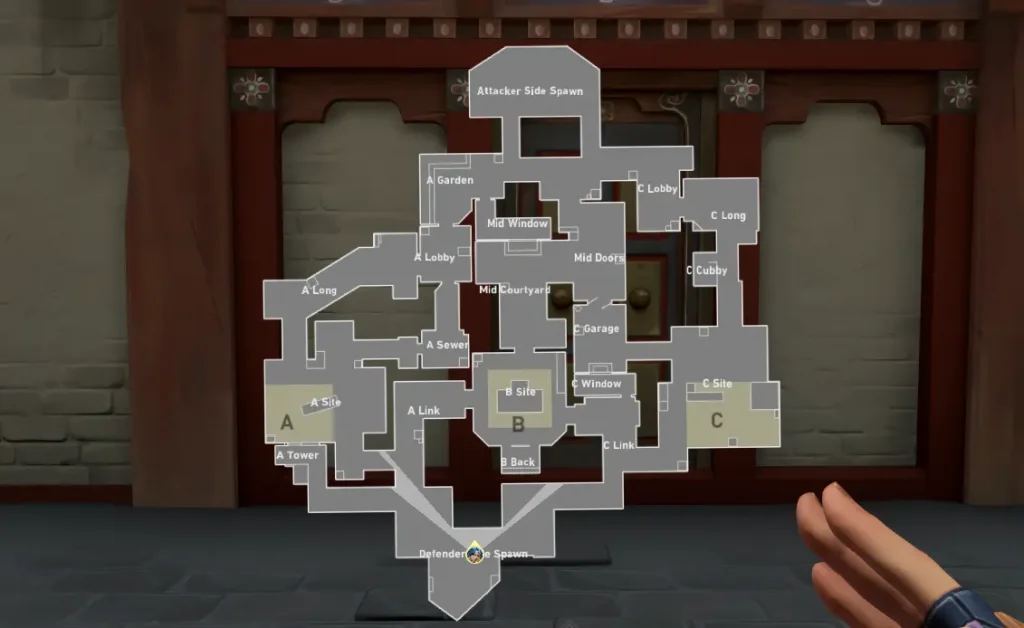
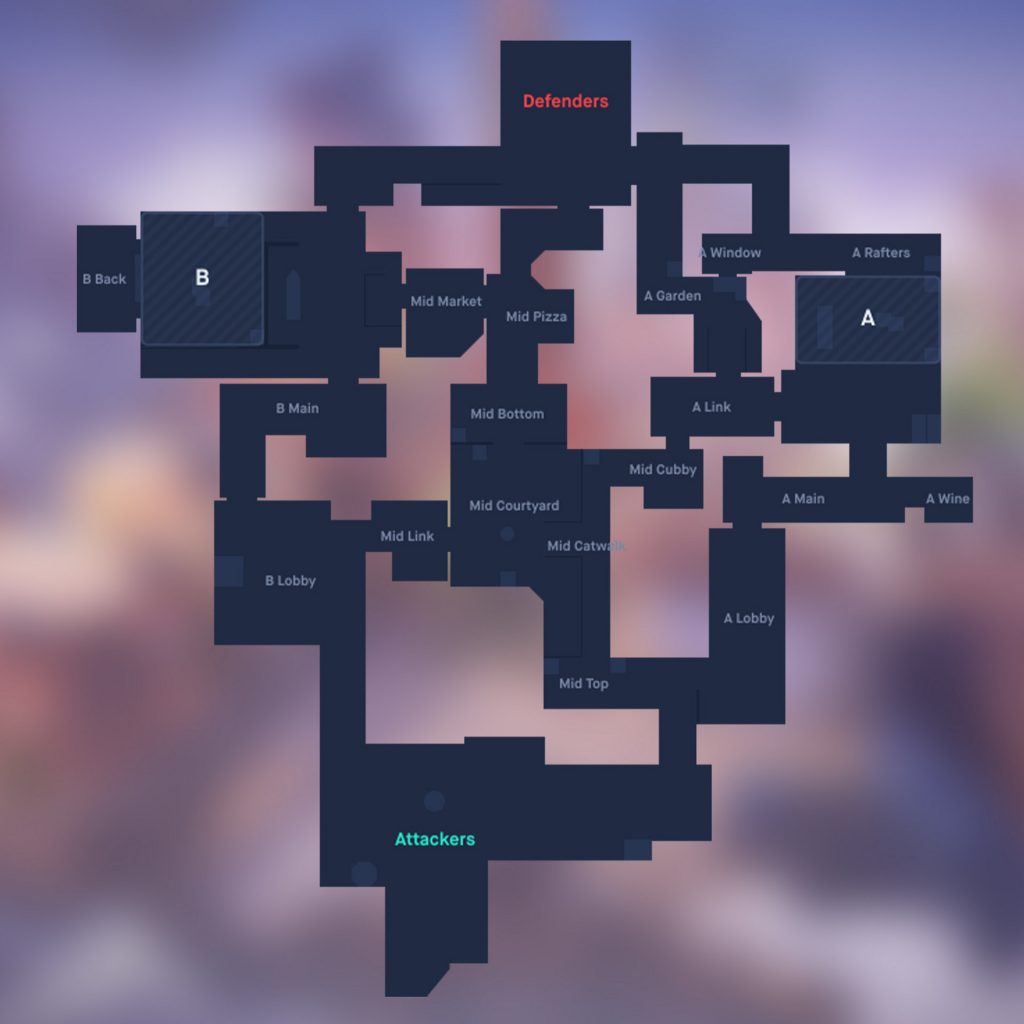
- Why: Long fights through Mid and B Main. One-taps are everything here.
- How: Use from Market or Mid Pizza to punish overextenders with pixel peeks.
Specific Use Cases – Phantom by Map
- Why: Tight corridors and vertical stacking = close quarters galore.
- How: Spray control > precision. Stealth shooting through smokes seals the deal.
- Why: Tight, chaotic fights with lots of smokes.
- How: Spam through smokes and clear corners silently without giving away position.
- Why: Chokepoints and crossfires dominate these spaces.
- How: Silent spam through rotating doors and chokes, easy for ambushes.
Phantom vs. Vandal – FAQ Edition: Busted Myths & Brutal Truths
Do all the pros use Vandal? Should I just copy them?
Not even close.
Highlight clips lie. Sure, Vandal looks flashier when pros land crisp one-taps. But look deeper—controllers, initiators, and even aggressive duelists use Phantom regularly, especially on maps with tight chokes or smoke-heavy strats.
Truth: Pros pick based on utility synergy and playstyle, not clout. You should, too.
Is Vandal always better on defense?
Only if defense = holding long range.
Defense on Split’s B Heaven or Bind’s U-Hall is all close combat. Phantom is a beast in these tight quarters, especially when spamming through smokes or quick-trading on site.
Truth: It’s not about the side, it’s about the angles.
Is Vandal harder to control than Phantom?
Technically, yes—but it’s nuanced.
Phantom has a slightly easier spray pattern and faster recoil reset. But Vandal’s recoil is more consistent, especially if a player isn’t full-spraying like it’s 2013 CS:GO.
Truth: Learn proper tap/burst mechanics, and Vandal behaves just fine.
Does Phantom suck at long range because of damage fall-off?
Nope, that’s lazy thinking.
Sure, it drops from 156 to 124 on headshots past 30m. But unless everyone’s wearing armor and full HP, that’s often still a kill or a 1-shot setup for a quick body tag follow-up.
Truth: Phantom can still win long-range fights—if a player knows how to play it smart.
Isn’t one rifle just better overall? Why not always pick the meta gun?
Because meta doesn’t mean mandatory.
Riot balanced these rifles intentionally. They’re two sides of the same coin: Phantom for speed, stealth, and spray, Vandal for precision, consistency, and flex range.
Truth: There is no best. Only what fits a player’s brain, agent, map, and moment.


